Cancer in pets is more common than you think. It is the number one natural cause of death in geriatric cats and dogs and accounts for nearly 50 percent of pet deaths each year. Some breeds are especially susceptible to cancer.
Although the leading cause of death in older cats and dogs, cancer also is the most treatable disease when compared to life-limiting diseases such as congestive heart failure, renal failure and diabetes. An educated and dedicated veterinary health care team is essential to caring for cancer-stricken pets.
“It is crucial for pet owners to take their pets to the veterinarian twice a year to monitor them for early signs of the disease,” says Dr. Gregory Ogilvie, a California Veterinary Medical Association member, world-renowned oncologist and director of the California Veterinary Specialists (CVS) Angel Care Cancer Center in Carlsbad, California. “Routine blood tests also can help identify problems early.”
Commons signs of cancer for pet owners to watch for include:
– Unexplained bleeding or discharge
– Loss of appetite
– Oral odor
– Abnormal swellings or swollen lymph nodes
– Drooling or difficulty eating or swallowing
– Changes in exercise or stamina level
– Lameness
– A sore that does not heal
– Chronic weight loss
– Change in bowel or bladder habits
The best treatment for cancer is prevention. Dr. Ogilvie recommends feeding cats and dogs a high-quality, balanced diet with low amounts of simple carbohydrates and high amounts of n-3 polyunsaturated fatty acids. He also advises pet owners to ensure their pets exercise regularly and eliminate pets’ exposure to industrial chemicals and tobacco smoke. Talk to your veterinarian to determine what’s best for your pet.
If your pet is diagnosed with cancer, there is hope. Advances in veterinary medicine and technology offer multiple treatment options, including chemotherapy, radiation and surgical procedures. Above all, enhancing your pet’s health, well-being and quality of life is the ultimate goal.
Cancer Care Guide
Dr Kevin Slater, Pet Screen.
What’s good for us is good for our pets!
It is a sad fact that cancer amongst dogs is growing at an alarming rate. One of the big difficulties with animal cancer is that your pet cannot tell you when a cancer is developing, but if cancers can be detected early enough they respond well to treatment. With the introduction of new treatments, many cancers new respond better than ever.
Over recent years we have all become aware of the risk factors for human cancer. Responding to these by changing our habits is having a significant impact on our health. For example, stopping smoking, protection from excessive exposure to bright sunlight and eating a healthy diet high in fruit and vegetables all help to reduce cancer rates. Another very important area is to keep a close eye on ourselves, going for regular health checks and reporting any lumps and bumps to our doctors as soon as they appear. Increased cancer awareness is without doubt improving human health.
Responding to risk factors will help reduce incidence. Being vigilant about any changes to our bodies will ensure that cancer is detected early. This will improve the chances of successful treatment. If we can do this for ourselves, we owe it to our pets to show similar care and attention.
Know your dog, keep an eye on the signs.
Approximately 25% of dogs will now die of cancer. Although this is a very alarming statistic, a positive diagnosis of cancer should not be seen as a death sentence. Cancer can be treated, and in many cases it can be cured. The success of treatment will depend on the type of cancer, the treatment used and on how early the tumour is found. The sooner treatment begins, the greater the chances of success. Therefore, one of the best things you can do for your dog is to keep a close eye on them for signs of the disease. This shouldn’t be an onerous task, it can be done as a part of everyday play and pampering.
There are 10 classic signs to look out for:
1. Abnormal swellings or lumps that persist or continue to grow
2. Sores that do not heal
3. Loss of appetite
4. Weight loss
5. Bleeding or discharge from any body opening
6. Difficulty eating or swallowing
7. Offensive odour
8. Hesitation to exercise or loss of stamina
9. Persistent lameness or stiffness
10. Difficulty breathing, urinating, or defecating
If you spot any of these signs in your dog, you should report them to your vet as soon as possible. These symptoms often develop slowly, so it is best to get to know your dog’s habits well. It is also important to bear in mind that these symptoms can also be bought on by other diseases, so don’t immediately expect the worst.
Canine Cancer Prognosis
Your vet will perform all the necessary diagnostic tests to discover the real cause of the problem. They may want to take an X ray, a blood test or a small sample of any growth (called a biopsy) for laboratory analysis.
This information will be used to find out if the tumour is “benign” (which is a growth that can relatively easily be removed without any further complications) or “malignant” (which is a more aggressive tumour that invades tissues and can produce “secondary” growths known as metastasises).
Once your vet has made the diagnosis, they will discuss the various treatment options with you. As with human cancer treatment, these will be either surgery, radiotherapy or chemotherapy. Surgery is still the most widely used treatment for most dog cancers. In some cases a combination of treatments may be used. A combination of surgery followed by chemotherapy is used for some aggressive tumours.
There are certain tumours, such as lymphoma (one of the most common malignancies in dogs), which are treated primarily by chemotherapy with very good results. Chemotherapy in dogs is not as unpleasant as it can be for humans.
Many owners worry that chemotherapy will cause their dog’s fur to fall out, this very rarely happens because the drugs attack the fast growing hairs on our heads but do not attack the slow growing coat on dogs. Whiskers, on the other hand, do grow fast, so don’t be alarmed if you dog looses few whiskers.
As cancer therapy becomes more sophisticated, there is increasing use of specialist referral centres where cancer specialists are able to provide the most advanced treatments available. Your vet will know the all the cancer referral centres and will advise you if they think one of these centres can offer better treatment for your dog.
Cancer treatment can be expensive, particularly for some of the more advanced treatments. However, the costs can be covered by pet insurance policies. If your dog is a high risk breed, taking out insurance will give you piece of mind to ensure that you give them the best treatment available, should the worst happen.
Some breeds are more prone than others.
It is unfortunate that some breeds have a higher incidence of cancer than others. It is difficult to provide a comprehensive list here, but the following is a brief guide:
Highest incidence breeds which also develop cancer at an earlier age than other dogs.
• Boxer.
• Golden Retriever
• Rottweiller
• Bernese Mountain Dog
High incidence breeds
• Boston Terrier
• English Bulldog
• Scottish Terrier
• Cocker Spaniel
Average incidence breeds:
• Irish Setter
• Schnauzer
• Labrador
• Mongrels
Relatively low incidence breeds:
• Beagle
• Poodle
• Collie
• Dachshund
The (near) future.
Research into better treatments for dog cancer is being conducted by the veterinary schools around the UK, specialist centres such as the Animal Health Trust and by pet health companies. The advances in biology are producing a steady flow of new treatments and tests which are now becoming available to improve cancer care.
At PetScreen we are developing new techniques to help spot cancer early and also to assist your vet in selecting the best possible treatment for your pet. To help us in this effort, we need small samples of tumour tissue and blood which are left over from your vet’s routine diagnostic tests. If you would like to help in this research effort by agreeing to donate samples which will be used to improve cancer care in the near future, please talk to your vet. If they could contact us on study@pet-screen.com, then we will contact them to discuss the details of sending the samples to our laboratory.
By working together we can help fight this disease.
Enter your email and never miss out on receiving our best articles:
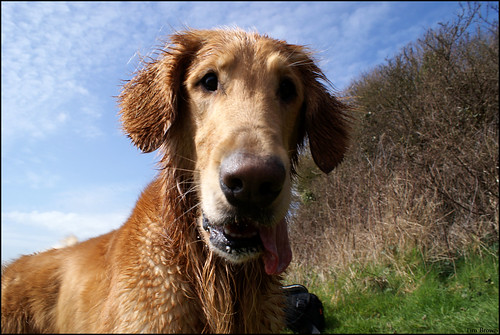


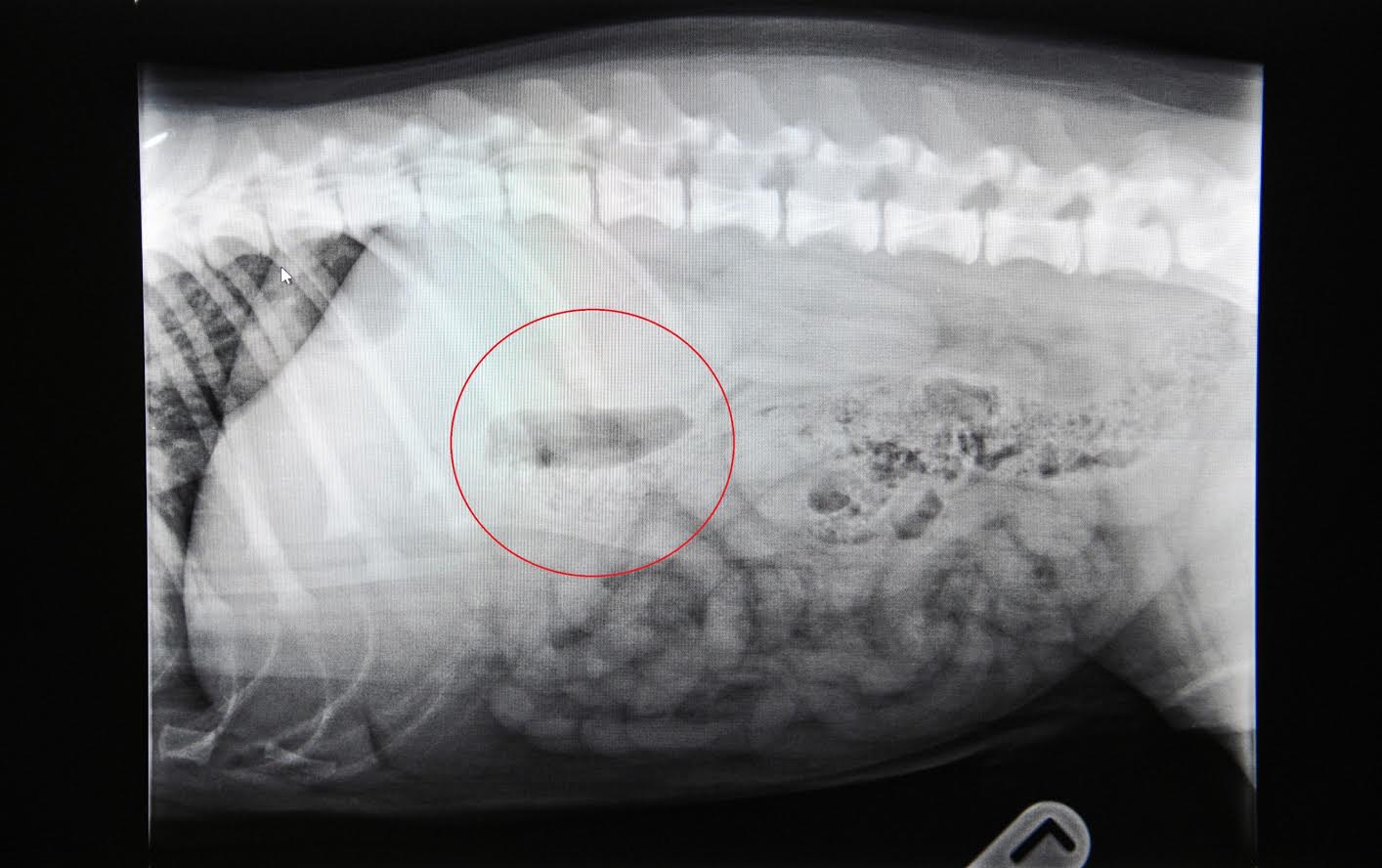
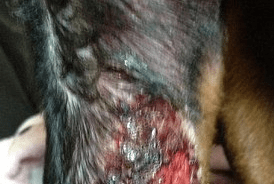
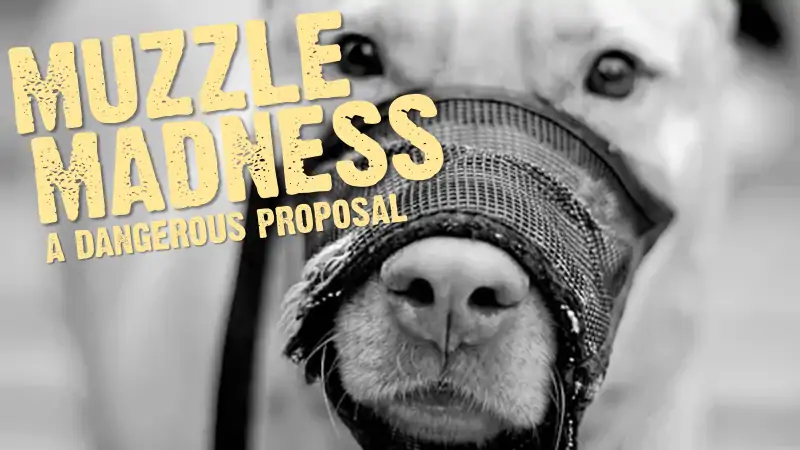

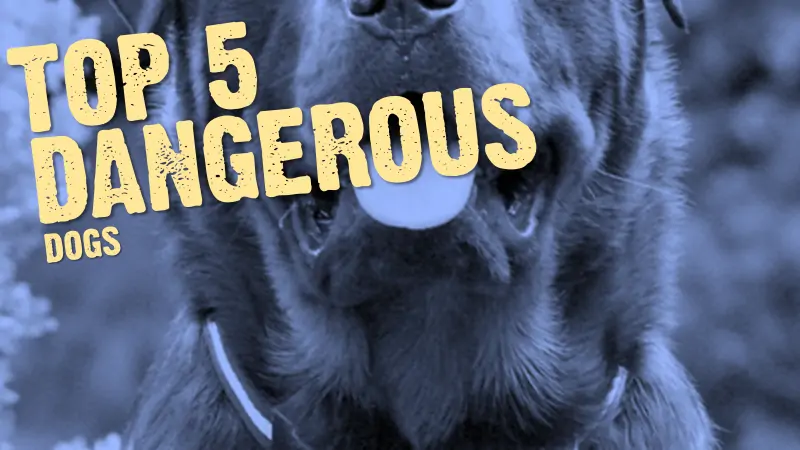
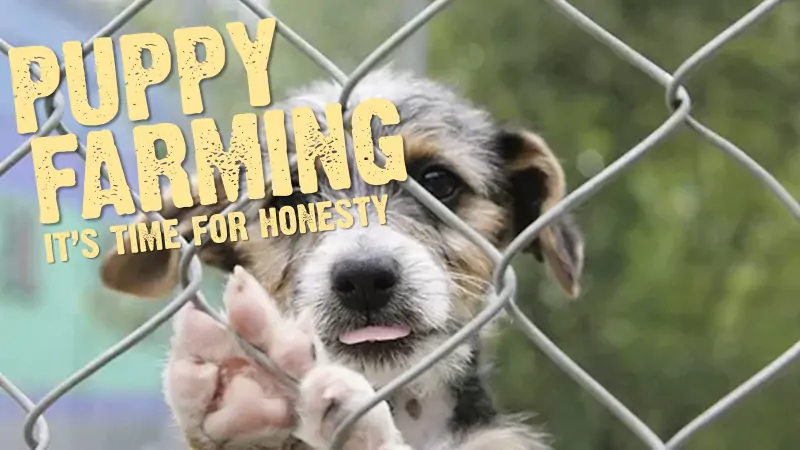
4 comments
My dog was diagnosed with a Mast Cell Tumour last October.
He had to have a toe amputated, but fortunately it was caught in time and he is now Cancer free.
I would tell every owner to check their dogs ‘all over’, regularly.
My dog’s tumour was between two of his back toes and if I had not played with his feet regularly to get him used to having his feet touched, for when I need to cut his nails, I would not have found it ‘in time’!
antoniaerika
Another interesting article. In my opinion many commercially prepared dog and cat food cause this spread of animal cancers. The commercial food has been around since the 60st (I guess) and became the main food source for our pets. In the last 40-50 years the levels of cancer increased. To me it does make sense and one links with the other. Most dry and wet pet foods contain additives, colourants and preservatives which affect the pets health. EC permitted additives – permitted but proved harmful to animals if fed over a period of time. Do you think that any commercial pet food has been tested on animals for 5 – 14 years? NO. No funds or the time. There you go.
There are some commercial foods that claim to be additive, colour and preservative free. They might be preserved with vitamins. The shelf life is about 3-4 months or less. Sometimes weeks. Depends on the product and the information obtained from the producer.
If you want more information on these issues just google it and check reliable sources. After doing an assignment of commercial pet food and certain additives/preservatives I do not go anywhere near it. I feed my dogs BARF diet and they are thriving on it. Their teeth are clean, coat is shiny and a skin condition of one of my dogs rapidly improved. BARF diet helped my other dog to calm down and my third dog to loose some weight.
I believe that by providing natural and nutritional diet is the best prevention of cancer.
What a strange post Radka! How can you say that commercial prepared dog food causes cancer without offering any evidence? Simply making a link between the arrival of commercial dog food in our shops with an unverified assertion that cancer levels in our dogs have increased in the time since, is not good enough.
For one thing, you’re wrong about when dog food became available – in fact the one of the first commercially available dog foods was introduced to England as long ago as the 1860s by a Mr James Spratt who made bone-shaped biscuits out of wheat, vegetables, beetroot and beef blood. Canned dog food was introduced in the 1920s by a company called Ken-L-Ration. So you see, dog food has been around a very long time!
To make a “link” between dog food and cancer is wrong. There’s far, far more probability of cancer occurring because of selective breeding than because of commercial dog food. And incidentally, there is a HUGE amount of research done by both pet food companies and independent research laboratories to make pet food nutritionally safe – it’s big big business after all.
Today’s dry kibbles are a variation on the original product invented by Mr Spratt. And they’re probably the safest food we can give our dogs because the really high heat used to extract moisture in the kibbles sterilizes the ingredients. The dryness of the food also means it’s much much less likely to spoil. Vitamins are added in the mixing phase to help our dogs, and any other additives you’ll read about simply give the kibbles colour, to please no-one but us buyers!
Before anyone leaps to another conclusion, I do not work, nor have I ever worked, for a dog food company. I’m just a normal, regular, dog owner, just like anyone else. The only difference is that I don’t give conspiracy/sensational websites the time of day. Please, everyone, do some research (as I have in writing this) before making scare-mongering claims.
Our research at VitaHound labs has found commercial dog food does a fairly good job at providing the nutrients dogs require. The ability of canines to assimilate all the nutrients from their food should be aided by a digestive supplement.